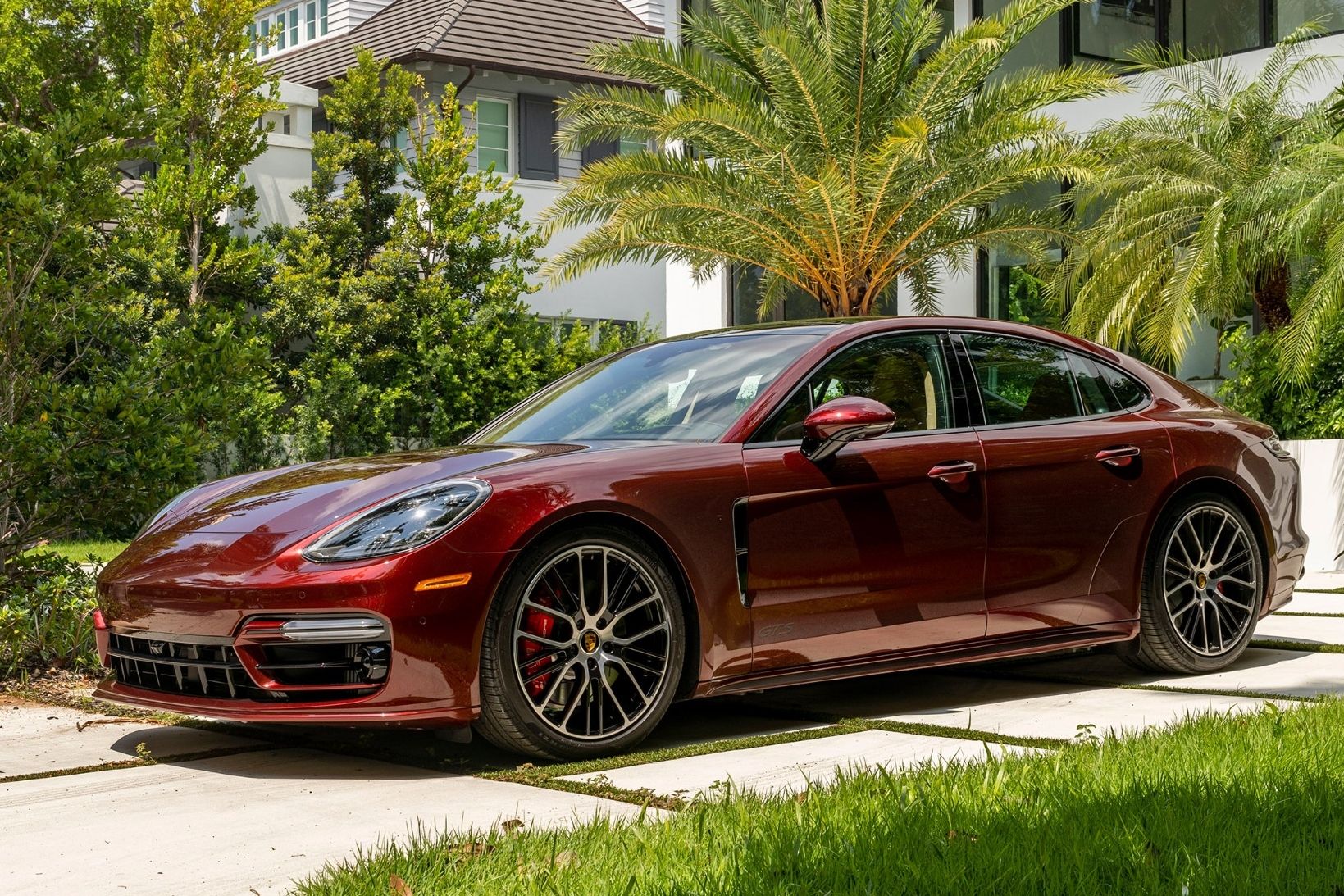
There are already enough safety concerns surrounding autonomous car technology. Some people fear that trusting our lives to self-driving cars will cause accidents rather than prevent them. However, a new study by Southampton University in the UK has discovered that it's not the tech we should be concerned about – it's our human reaction times. Current semi-autonomous vehicles allow human intervention to seize back control of the car when in autopilot, should the need arise.
Turns out humans aren't very good at that crucial aspect to avoid an accident. The study, called "Takeover Time in Highly Automated Vehicles: Noncritical Transitions to and From Manual Control," found that human reaction times of taking back control of semi-autonomous cars were alarmingly slow. Here's how the study worked: 26 men and women aged between 20 and 52 were took part in a simulated autonomous drive at 70 mph. On the first run, all they had to focus on was driving. In the second, they were asked to read a newspaper, giving all control to the car. A takeover request was issued at random intervals ranging from 30 to 45 seconds.
Unsurprisingly, drivers engaged in a secondary distraction took longer to respond. But even without any distractions, the drivers took an average time of 4.56 seconds to react. Clearly, that's nowhere near enough time – a serious accident could easily occur before the driver has even realized the danger of the situation. Worse still, the range of reaction times varied wildly between 1.9 and 25.7 seconds to adequately take control, even without distractions. "Too short a lead time, for example seven seconds prior to taking control, as found in some studies of critical response time, could prevent drivers from responding optimally." said Alexander Eriksson of Southampton University.
"This results in a stressed transition process, whereby drivers may accidentally swerve, make sudden lane changes, or brake harshly. Such actions are acceptable in safety-critical scenarios when drivers may have to avoid a crash, but could pose a safety hazard for other road users in non-critical situations." It's an eye-opening finding, showing that semi-autonomous driving isn't as intuitive as some might think.
